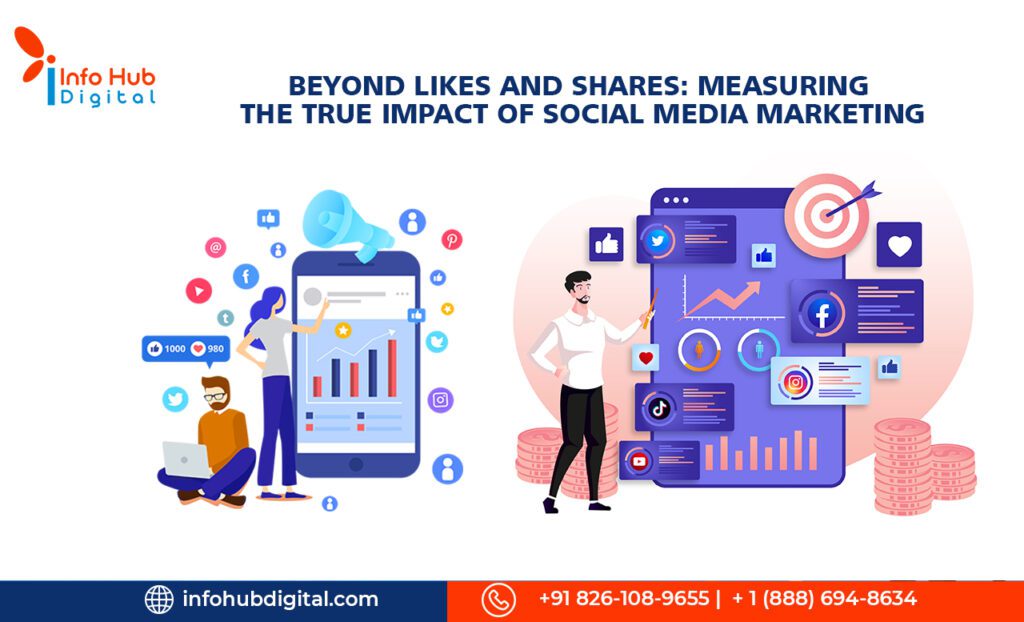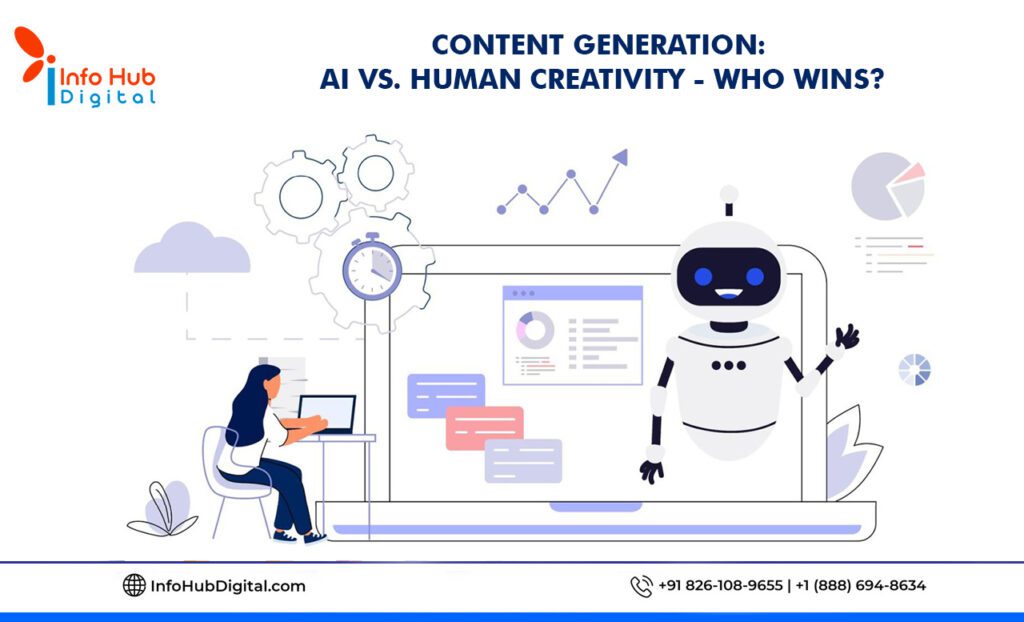In today’s digital landscape, social media marketing has become an indispensable tool for businesses to reach their target audience. However, as the marketing landscape has evolved, so too has the need for more effective measurement techniques. In this article, we delve into the importance of moving beyond vanity metrics such as likes and shares and explore the key aspects of measuring the true impact of social media marketing.
Table of Contents
Understanding Vanity Metrics
It’s easy to fall into the trap of equating social media success with high engagement metrics, such as likes and shares. These metrics, while impressive on the surface, often fail to provide a comprehensive picture of the actual impact of marketing efforts. Likes can be superficial, and shares may not necessarily lead to conversions or meaningful engagement.
To truly understand the efficacy of social media campaigns, marketers must look beyond these surface-level metrics and consider the real value they bring to the brand.
Defining True Impact in Social Media Marketing
To measure the true impact of social media marketing, setting clear objectives and goals is crucial. Merely increasing likes or shares should not be the primary focus. Instead, marketers should define specific outcomes they want to achieve through their campaigns. This might include boosting website traffic, increasing product sales, or enhancing brand awareness among a particular audience segment.
Identifying the right Key Performance Indicators (KPIs) is the next step. These could vary based on the objectives, ranging from click-through rates to conversion rates and customer retention.
Analyzing Reach and Impressions
Understanding the reach of social media content goes beyond the number of followers or fans. True reach is determined by considering the actual number of unique users who see the content. This metric gives a more accurate reflection of how many people the content reaches and how effectively it spreads across the target audience.
Impressions, on the other hand, reveal how often the content appears in users’ feeds. It’s important to recognize that impressions don’t guarantee engagement, but they do contribute to brand exposure.
Delving into Conversion Metrics
While awareness and engagement are essential, the ultimate goal of social media marketing is often conversion. Click-Through Rates (CTR) provide insight into the percentage of users who clicked on a call-to-action or a link included in the content.
Conversion Rate Optimization (CRO) strategies are instrumental in improving the likelihood of conversions. By analyzing user behavior, marketers can optimize landing pages and content to drive higher conversion rates.
Measuring Customer Engagement and Loyalty
Measuring customer engagement goes beyond counting likes and shares. It involves analyzing comments, replies, and direct interactions with users. Meaningful engagement implies that the content sparks genuine interest and drives conversations with the target audience.
Additionally, evaluating customer loyalty and retention is vital for understanding the long-term impact of social media efforts. Customers who are loyal to a brand are more likely to advocate for it, leading to increased word-of-mouth referrals and repeat business.
The Role of Social Listening and Sentiment Analysis
Social media monitoring tools play a crucial role in assessing brand sentiment. Monitoring mentions and analyzing user comments can help gauge how customers perceive the brand and its products or services.
Sentiment analysis helps in identifying positive and negative sentiments associated with the brand. Responding to negative feedback effectively can turn potential crises into opportunities for building trust and loyalty.
The ROI Challenge in Social Media Marketing
Determining Return on Investment (ROI) in social media marketing can be challenging, especially when dealing with soft metrics like brand awareness and customer sentiment. To address this challenge, marketers must strike a balance between short-term gains, such as immediate sales, and long-term value, like brand equity.
Embracing Data-Driven Decision Making
Data analytics is the backbone of effective social media measurement. Marketers must leverage insights from data to refine their strategies continually. This data-driven approach ensures that resources are allocated optimally and that campaigns remain agile to adapt to changing market conditions.
The Evolving Landscape of Social Media Metrics
Social media platforms and metrics continue to evolve. Marketers should keep an eye on emerging platforms and metrics that align with their objectives and target audience. Algorithm changes on existing platforms may impact the reach and visibility of content, making it essential to stay adaptable.
Conclusion
As a proud partner of Info Hub Digital, the leading digital marketing services provider in India and the USA, we have witnessed the transformative power of effective social media marketing. Beyond superficial likes and shares, our focus lies in delivering measurable results.
At Info Hub Digital, we define true impact through data-driven insights, customer engagement, and ROI-focused strategies. Our team of experts excels in utilizing cutting-edge tools, social listening, and sentiment analysis to enhance brand perception and customer loyalty.
Partner with the best social media marketing agency in India to elevate your online presence, drive conversions, and stay ahead in the ever-evolving digital landscape. Unlock the full potential of social media with Info Hub Digital and experience a new era of marketing success.







